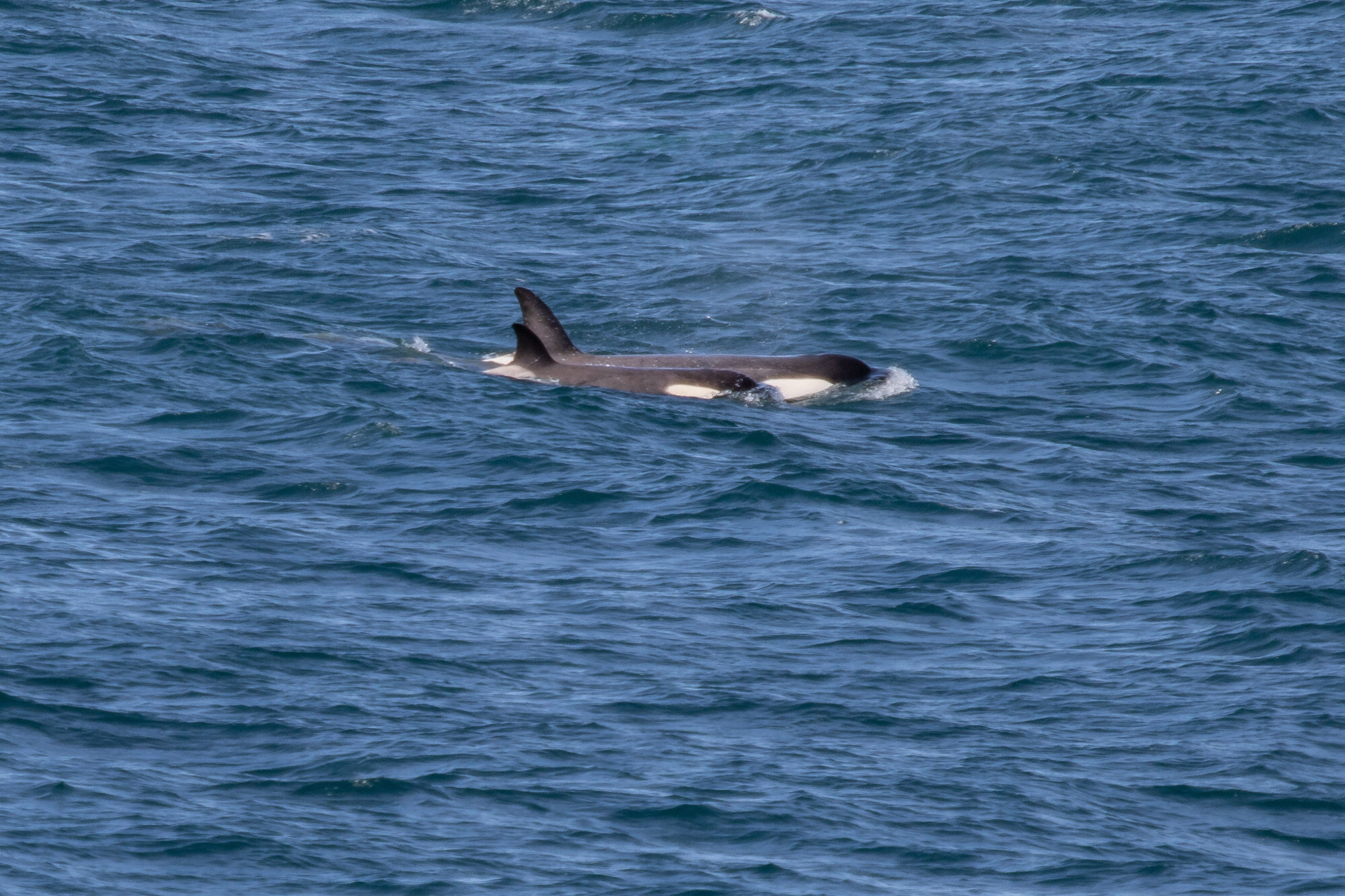There is something about whales that makes you feel small, and strangely relaxed. To see a large, very intelligent mammal gracefully navigate through the oceans - indulging in play, allowing itself to be curious, and sensing its environment with a knowing awareness that a fellow mammal (such as you and I) can empathise with - is an incredibly touching and humbling experience.
So, on my birthday a few days ago, I was very lucky to get word of a pod of Orcas which had been moving close to Tasmania’s shore, 10 minutes away from home. We (my wife and I) rushed and got ourselves to the penguin viewing platform at Lillico and looked out towards the big blue, and before long - the sight of spouts greeted us.
One, two, three, four… and then some more! We counted at least 6 Orcas as they gently made their way across the horizon. Truly thrilling and a magnificent gift from nature!


2 days later, the same pod had turned back and returned to Devonport. This time, we saw them fairly close (50m or so away from the cliffs at the lighthouse) and we were joined by over 60 other enthusiastic residents who’d come to watch these wonderful creatures. Apparently, there were 10 animals in the pod, complete with a sprinkling of adults and smaller calves sticking close to their parents.
Orcas are not a common occurrence off Tasmania, and particularly rare off its NW coast. So we are very grateful that we were in the right place at the right time to be able to witness these awe-inspiring cetaceans.




